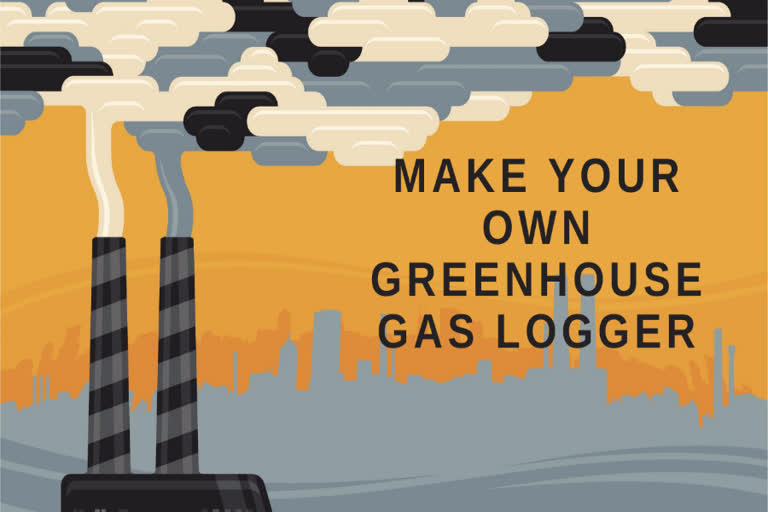Sweden: Researchers at Linköping University’s Department of Thematic Studies, Environmental Change, have developed a simple methane logger for greenhouse gas flows. It is built using inexpensive and easily available parts and provides data on levels of methane, carbon dioxide, temperature, and humidity.
Also Read: July 28 celebrated as World Nature Conservation Day
“So far, measurement instruments have been so expensive that society’s mapping of greenhouse gas emissions has had to rely on rough models. It’s extremely important that we can make lots of proper measurements locally, so we can test whether measures for reducing emissions actually work. We hope that our simple and cost-efficient logger can contribute to more such measurements”, says David Bastviken, professor at Environmental Change, and author of an article in Biogeosciences.
Lack of low-cost measurement methods:A current limitation when it comes to determining the greenhouse gas fluxes has been the lack of reliable low-cost measurement methods that can be widely available in society. In 2015, David Bastviken and colleagues described and published a logger for carbon dioxide, which is now used for various types of environmental measurements. However, for methane, more complicated and expensive measurement equipment has so far been required. In the current article in Biogeosciences, the researchers describe an inexpensive sensor for methane.
Methane, CH4, is one of the most important long-lived greenhouse gases which contributes greatly to global warming. Since the 1750s, its relative increase in the atmosphere has been greater than for other greenhouse gases. There are many different sources and examples including incomplete combustion, handling of natural gas and biogas, and microbial production in agriculture, wetlands, and lakes. However, the large number of sources that can vary greatly in ways not fully understood makes it difficult to quantify fluxes and to propose best practices for flux mitigation. In addition, the discovery that lakes, rivers and flooded forests are large sources of methane, made by David Bastviken and his colleagues as recently as 2011 and later, shows that major methane sources are still being discovered.
